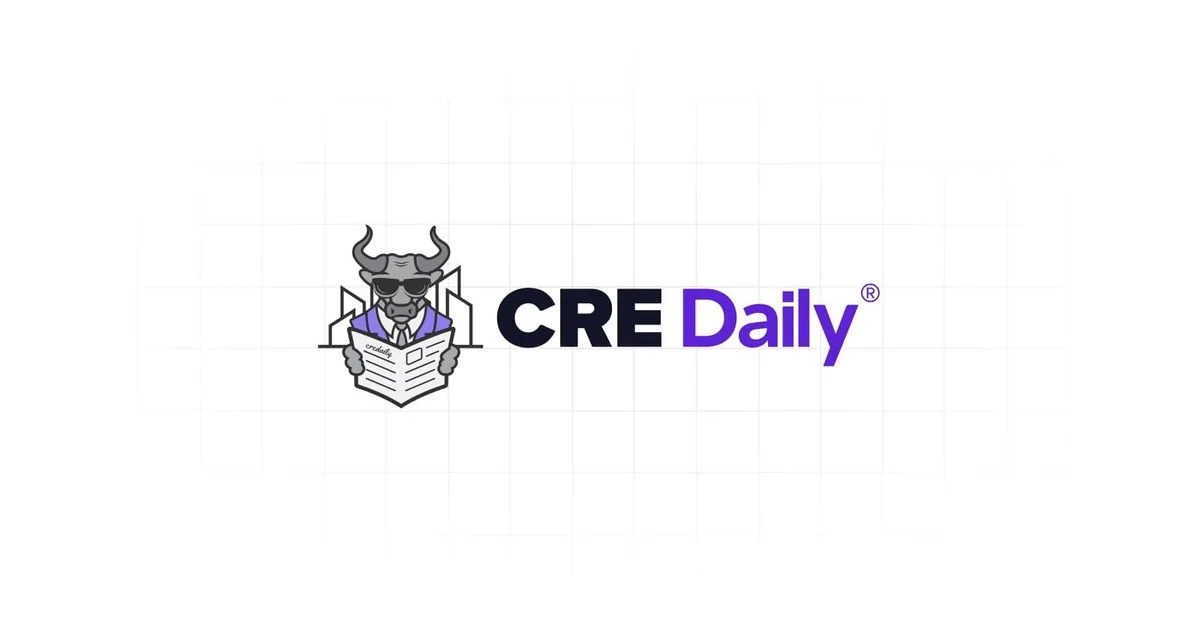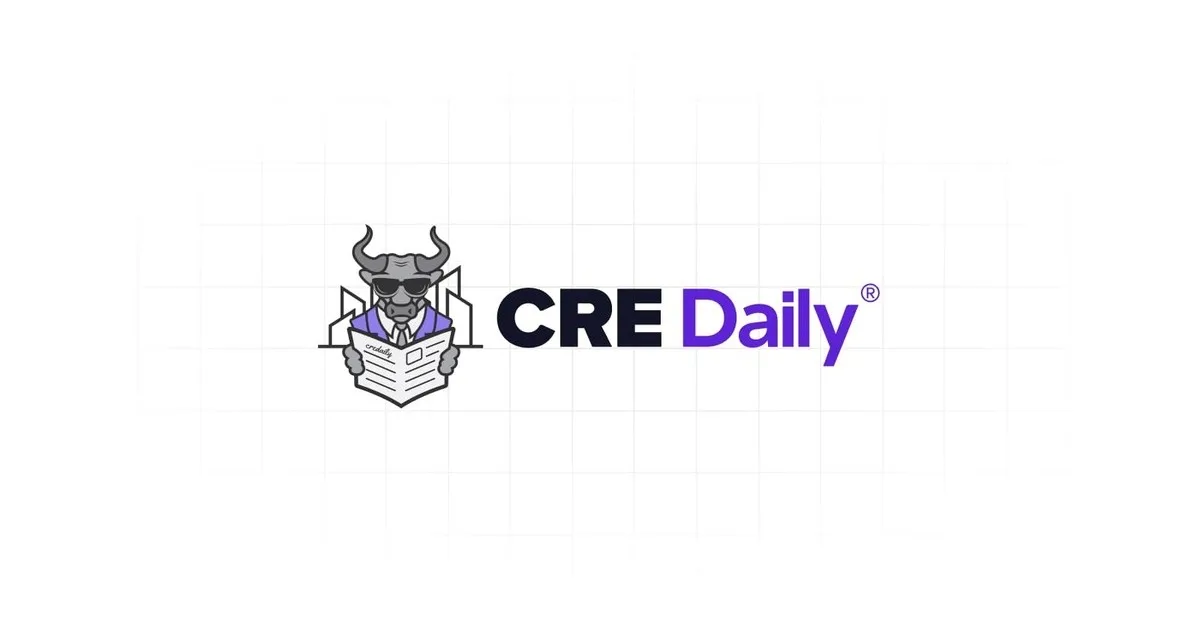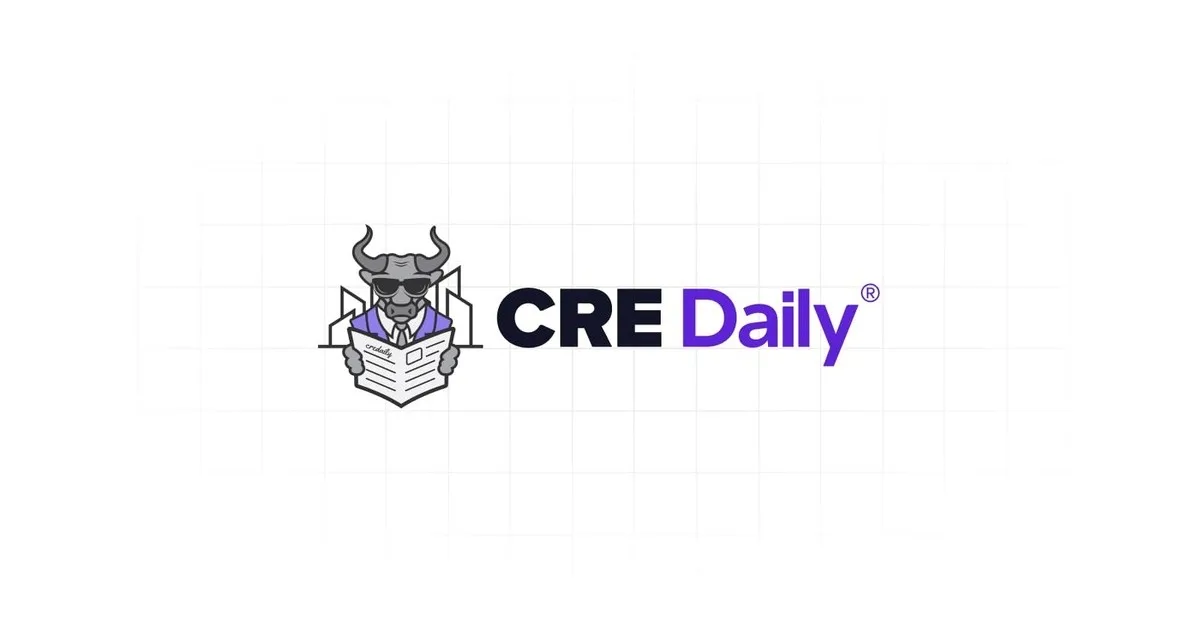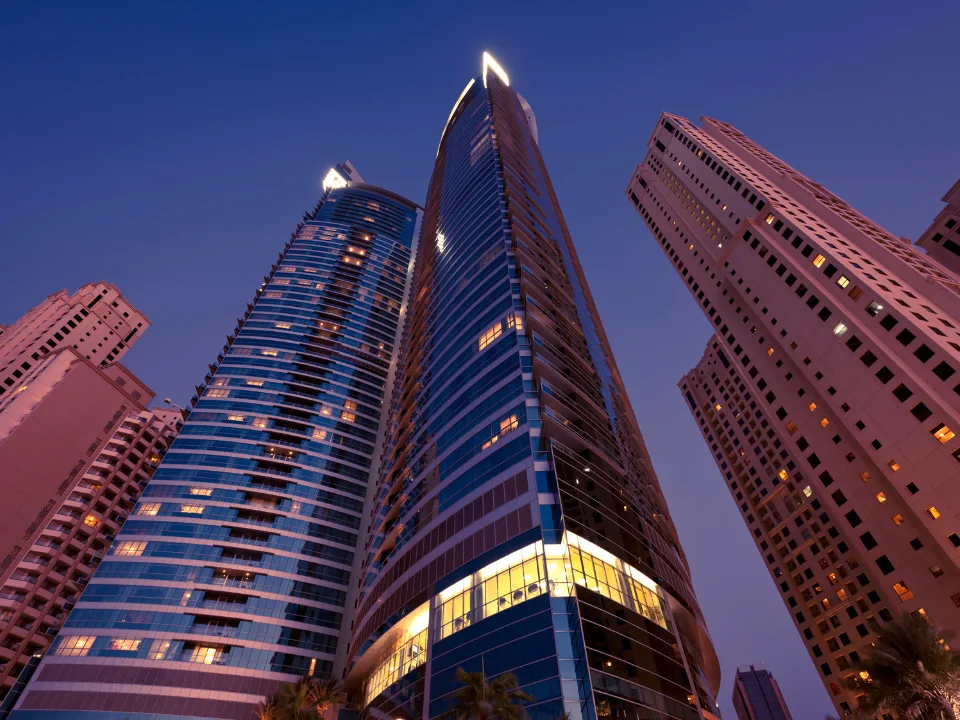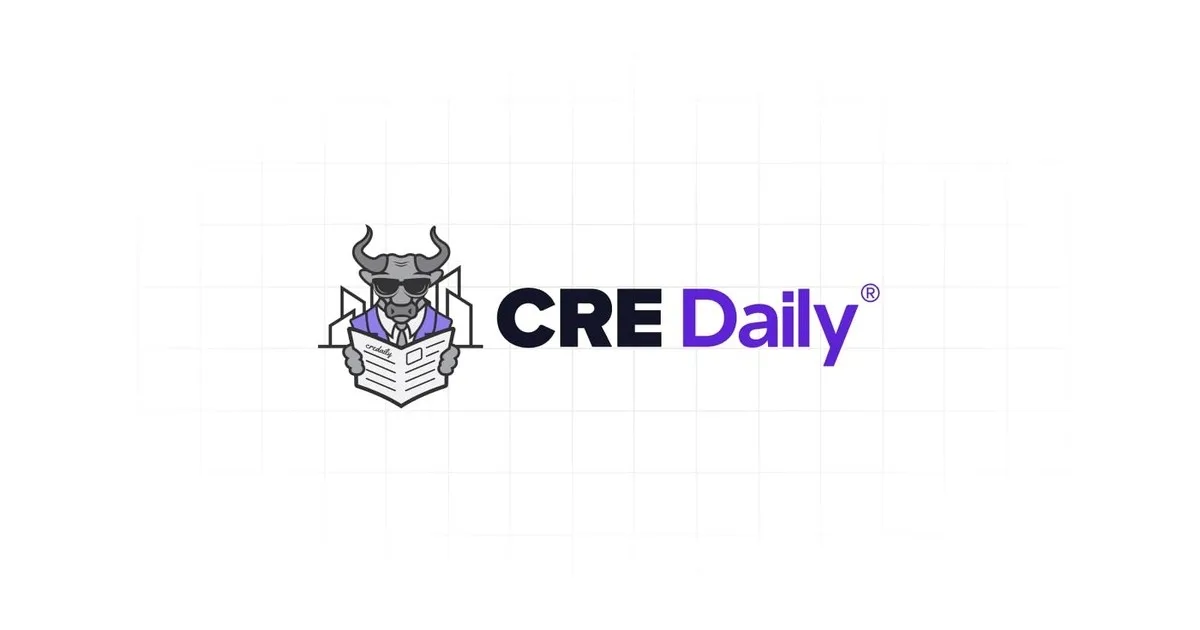- Single-family rental (SFR) growth remains “slow and steady,” with a 2.4% YoY increase in August, marking the lowest growth rate since late 2023.
- Expensive coastal metros like Seattle, New York, and Washington, D.C., saw the highest rent gains, while growth in Sun Belt markets has slowed or declined.
- Detached SFRs showed stronger growth than attached, and high-priced rentals outperformed lower-priced ones, indicating ongoing demand for premium properties.
A new report from CoreLogic highlights that single-family rental (SFR) growth maintained a “slow and steady” pace in August, up 2.4% YoY.
As reported by GlobeSt, this marks the lowest rate of growth since the fall of 2023, reflecting a cooling trend across the sector.
Zooming Out
Typically, rents in this asset type increase by 0.3% MoM in August, but this year, the gain was slightly lower at 0.2%. Despite the moderation, SFR rents remain up by a third compared to pre-pandemic levels.
CoreLogic divides SFRs into attached and detached categories and four price tiers. In August, attached SFRs saw a 2% YoY rent increase, while detached units experienced slightly higher growth at 2.3%. High-priced rentals showed the strongest growth at 2.9%, whereas rents for lower-priced units declined by 0.2%, reflecting shifting demand patterns.
The cooling in SFR growth comes as multifamily rents saw significant declines earlier this year, with the sector experiencing its steepest drop in five years during Q2. Excess development led to higher vacancies, especially in major metros, making SFR performance stand out.
However, single-family rentals have their own cost challenges, including higher maintenance expenses, particularly due to dispersed locations that require more time and travel for upkeep.
Region by Region
Of the 20 top core-based statistical areas analyzed by CoreLogic, seven cities posted rent increases of more than 4%, with seven others showing median rents above $3K. Coastal markets led the way, demonstrating strong rent growth:
- Seattle-Bellevue-Everett, WA: 5.8% increase; $3,507 median rent
- New York-Jersey City-White Plains, NY: 5.5% increase; $3,346 median rent
- Washington-Arlington-Alexandria, DC-VA-MD-WV: 5.5% increase; $3,140 median rent
- Detroit-Dearborn-Livonia, MI: 5.4% increase; $1,755 median rent
- Boston, MA: 4.8% increase; $3,463 median rent
- Chicago-Naperville-Arlington Heights, IL: 4.6% increase; $2,648 median rent
- Urban Honolulu, HI: 4.5% increase; $3,765 median rent
Get Smarter about what matters in CRE
Stay ahead of trends in commercial real estate with CRE Daily – the free newsletter delivering everything you need to start your day in just 5-minutes
In contrast, Sun Belt metros saw more subdued growth, with some even recording declines:
- Austin-Round Rock, TX: -2.3%; $2,180 median rent
- Phoenix-Mesa-Scottsdale, AZ: 0%; $2,442 median rent
- Orlando-Kissimmee-Sanford, FL: 0.2%; $2,260 median rent
- Dallas-Plano-Irving, TX: 0.7%; $2,316 median rent
- Atlanta-Sandy Springs-Roswell, GA: 0.7%; $2,110 median rent
- Charlotte-Concord-Gastonia, NC-SC: 1.0%; $1,977 median rent
According to CoreLogic, “expensive coastal metros” have seen the highest gains, while the Sun Belt has cooled after a period of rapid growth.
While Sun Belt markets like Miami, Orlando, Phoenix, and Tucson recorded significant increases over the past four years—ranging from 38% to 55%—their growth has slowed considerably, reflecting broader shifts in market demand and rental dynamics.
Looking Ahead
The data suggests a rebalancing in the single-family rental market, with higher-priced and detached units showing resilience, especially in coastal markets.
As multifamily rentals face challenges, the SFR sector continues to attract steady demand, albeit at a more moderate growth pace than seen during the pandemic-driven surge.transactions is expected to remain robust through the end of the year, pushing total issuance beyond $100B for the first time in years.

